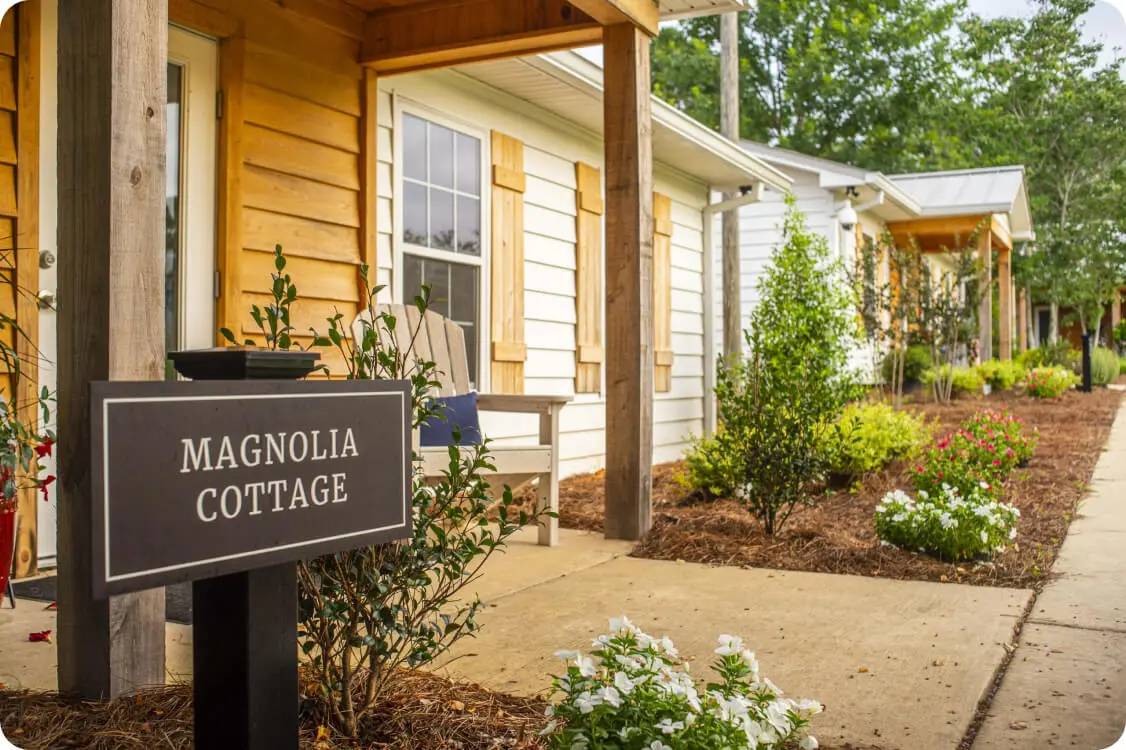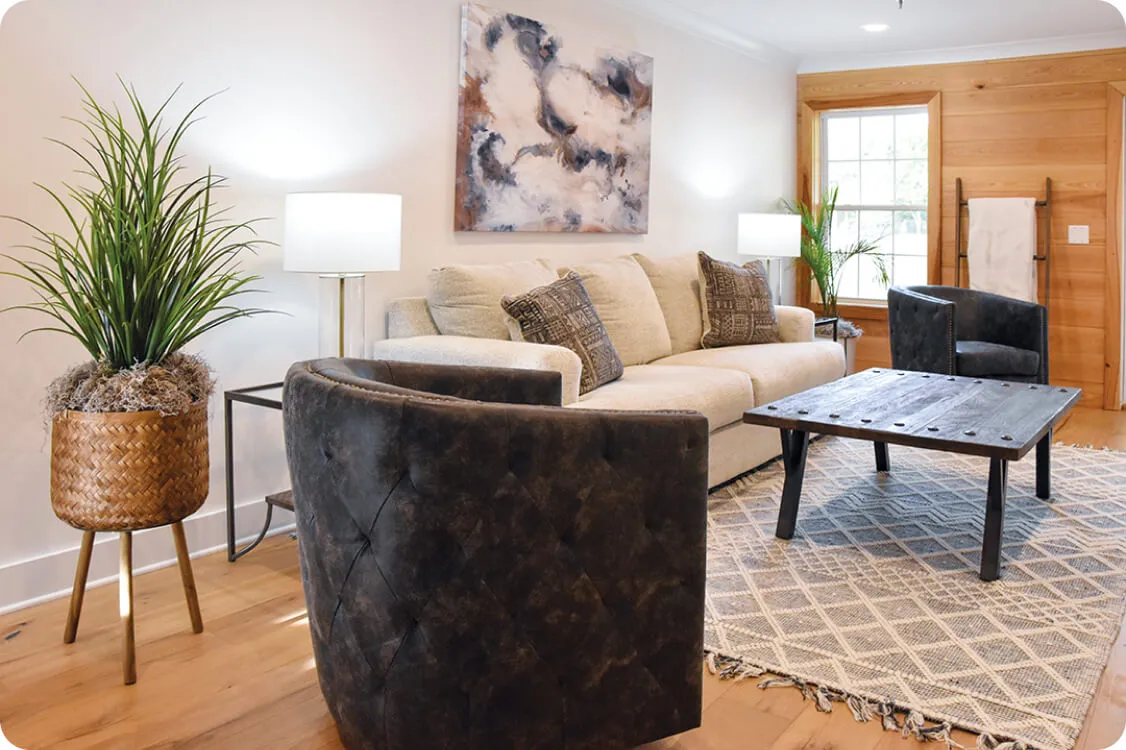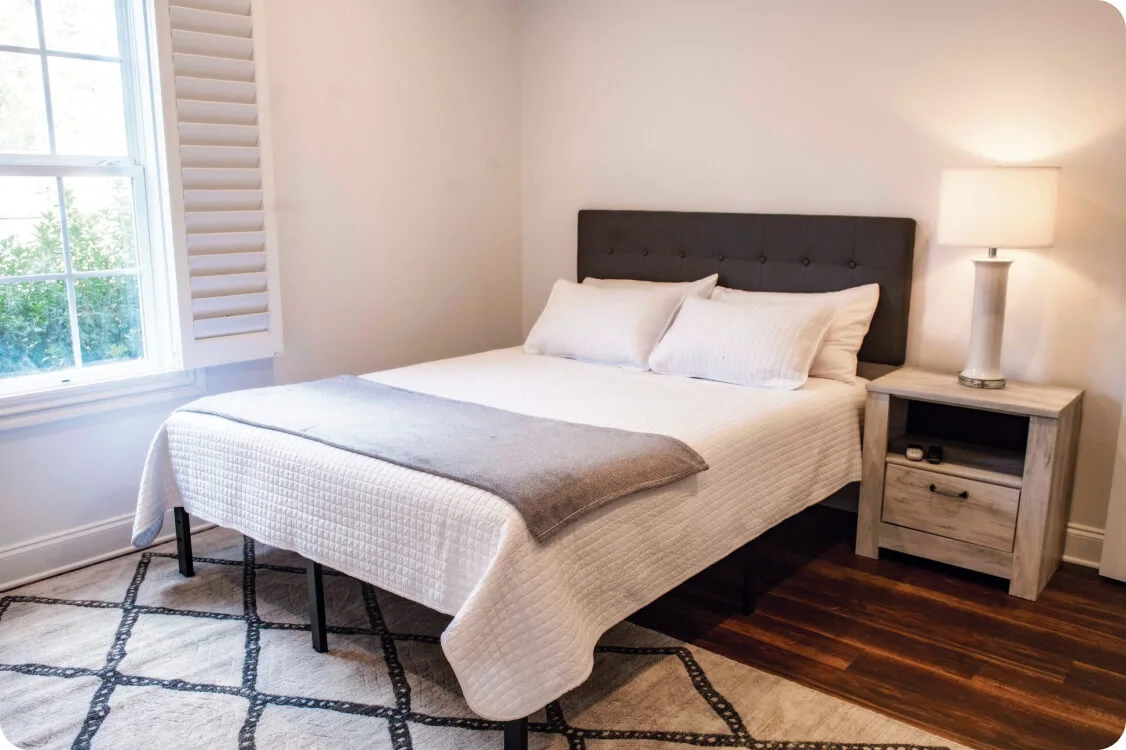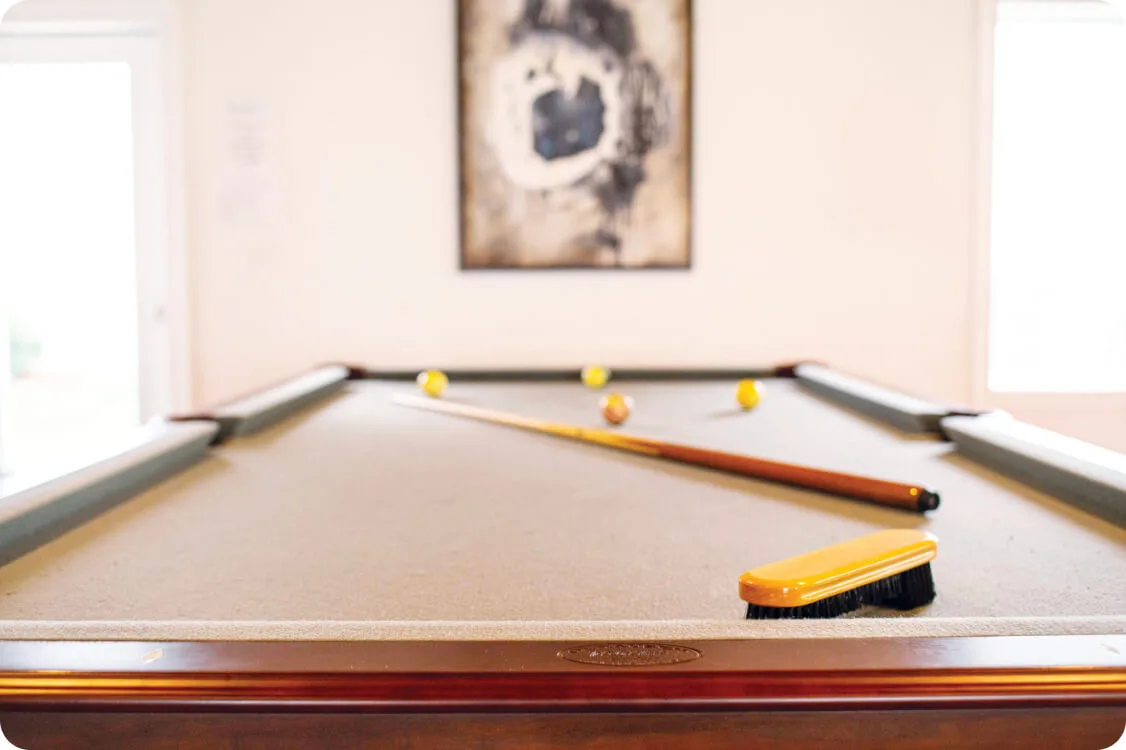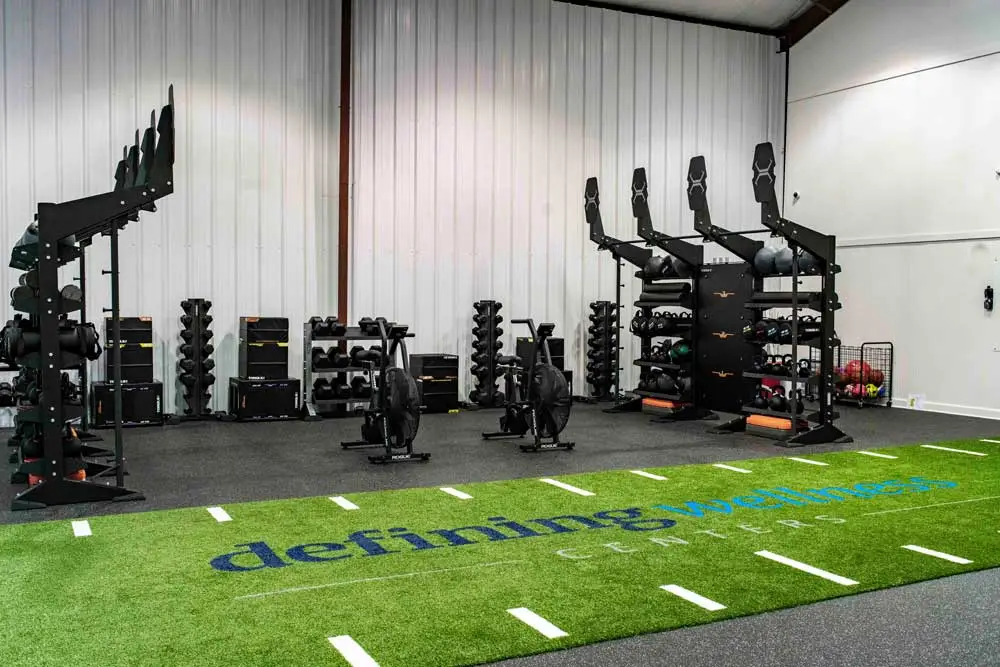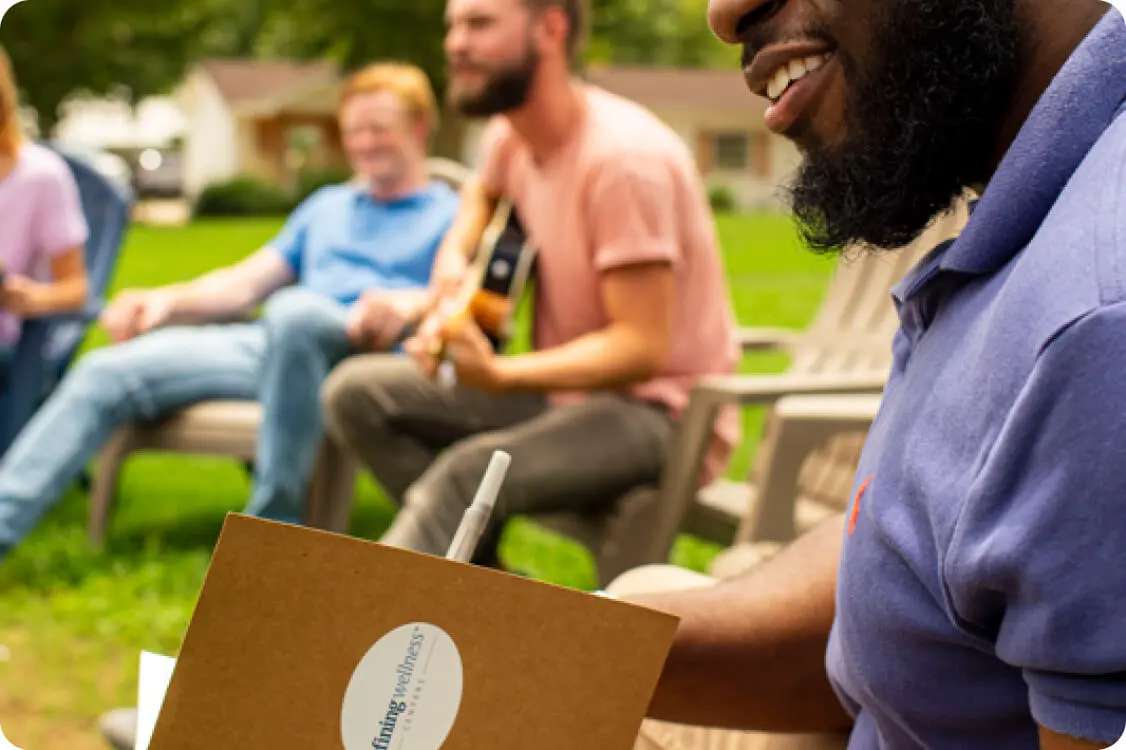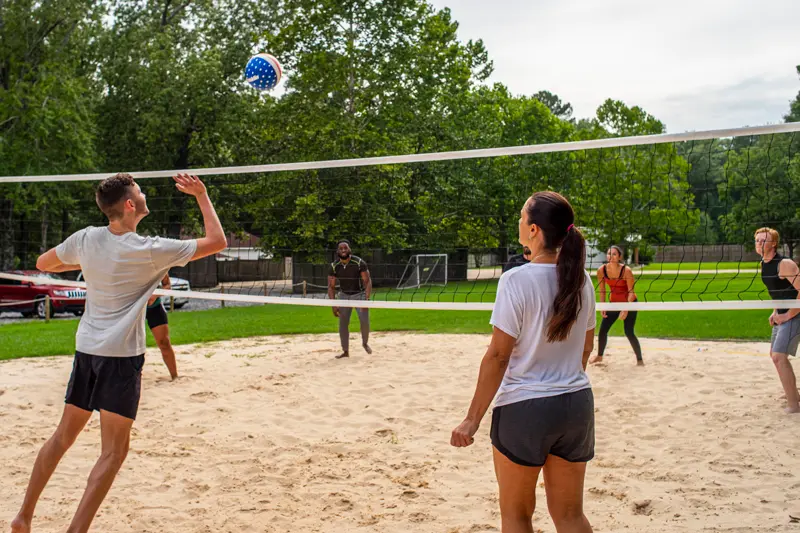The Importance of Opioid Addiction Treatment
Physicians prescribe opioids to relieve pain, but there’s always the danger that the person will develop an opioid addiction. In the beginning, opioids cause pleasurable feelings, but after a while, addiction sets in.
How an Opioid Addiction Starts
When you take opioids, your brain releases endorphins that have the purpose of relieving pain and making you feel happier. These feelings are only temporary, which makes you long to experience those feelings again after the medication wears off. This is the beginning of an opioid addiction.
The trouble begins even if you have been taking opioids for a short period of time. With continued use, your body begins to slow down the production of endorphins, which means that the dose that you have been taking no longer has the effect that it had in the beginning. Physicians call this “tolerance.” After tolerance becomes an issue, the only way that you can overcome an opioid addiction is if you enter an opioid addiction treatment program.
How an Opioid Addiction Starts
When you take opioids, your brain releases endorphins that have the purpose of relieving pain and making you feel happier. These feelings are only temporary, which makes you long to experience those feelings again after the medication wears off. This is the beginning of an opioid addiction.
The trouble begins even if you have been taking opioids for a short period of time. With continued use, your body begins to slow down the production of endorphins, which means that the dose that you have been taking no longer has the effect that it had in the beginning. Physicians call this “tolerance.” After tolerance becomes an issue, the only way that you can overcome an opioid addiction is if you enter an opioid addiction treatment program.
60-Day Opioid Addiction Treatment Program
You may be uncomfortable being in a treatment program that only lasts 30 days. If this is the case, a 60-day treatment program may be better for you. This option provides you with medical detox and therapy after the detoxification process is complete. The extra time that you spend in the facility gives you more time to learn about your addiction, teaches you how to become sober, and teaches you how to live a sober life permanently. Your friends and family members are welcome to visit you while you’re in this program as well.
90-Day Treatment Programs
A 90-day treatment program also provides you with medical detox to treat your physical addiction and behavioral therapy to treat your psychological addiction. This type of treatment is ideal if you have a co-occurring mental health disorder. If you have a particularly severe addiction, we recommend that you enter a 90-day treatment center. It’s also a good program if you have been in treatment in the past for a substance use disorder and relapsed. Lastly, 90-day treatment is a good idea if you are suicidal.
If you or your loved one are ready to confront your opioid addiction, contact us at the Defining Wellness Centers today. Overcoming your addiction will be extremely difficult if you attempt it on your own.
Treatment for Opioid Addiction
Defining Wellness Centers place you in medical detox program before we begin psychological treatment. Medical detox ends your physical addiction, but it is not considered to be a treatment for opioid addiction. Opioid addiction treatment needs to treat the underlying reasons that you began to take opioids in the first place, and one of those reasons is often a co-occurring mental health condition.
The fact is that 7.7 million American adults were experiencing a mental health disorder and a substance use disorder at the same time in 2018. Physicians in the treatment industry know that they must treat both disorders. Otherwise, they won’t be able to adequately treat either condition when it’s being treated on its own.
The Detoxification Process
After only a couple of weeks of ingesting opioids, you may begin to experience the following withdrawal symptoms after you stop taking these drugs:
- Sweating
- Runny nose
- Insomnia
- Increased tearing
- Muscle aches
- Anxiety
- Agitation
Later symptoms of withdrawal include the following:
- Vomiting
- Nausea
- Goosebumps
- Dilated pupils
- Diarrhea
- Abdominal cramping
The brain and the body have been taking a beating all the time that you were ingesting opioids, so your body needs a chance to recover and heal. This begins in the detoxification process. You may need to receive medications to help you tolerate the withdrawal process, so our doctors and nurses will evaluate you for this purpose. The point of detox is to remove all of the foreign chemicals that opioids leave behind in your body. It can be a highly uncomfortable experience. If necessary, the staff will administer medication that will alleviate these symptoms until the process is over. Then, you will be ready to begin therapy sessions to address your psychological addiction to opioids.
Selecting a Rehab Program
Because it’s not enough to go through the detoxification process without any therapy afterward, you will need to enter into an inpatient or an outpatient rehab center.
Inpatient Rehab
Inpatient rehab is residential treatment. This means that you will live at the treatment center. This is the place where you need to be if your addiction is particularly severe or if you have been using opiates for a long time. After you complete the detox process, you could make the decision to return home, but you are very likely to relapse and go back to taking opioids again. An inpatient treatment center prevents this from happening because you will have the staff to monitor you at all times.
If you have an undiagnosed mental health condition, your condition can make it particularly challenging for you to remain sober. The inpatient rehab program is a good choice because our staff will diagnose and treat your mental health disorder as you adapt to living a sober life. Then, we can offer you treatment for your substance use disorder. Clients are not allowed to have substances in residential rehab, so you will be in a place where you won’t be able to obtain your drug of choice.
Outpatient Rehab
You’re welcome to enter an outpatient program if your addiction is relatively new or isn’t particularly severe. You don’t have to live at the treatment center, but you may need to visit the center on a daily basis for treatment. This option allows you to continue your responsibilities at home, school, or work as you tackle your substance use disorder. Like with inpatient treatment, you will have individual and group therapy sessions. As time goes by, your therapy sessions will become less intensive.
In outpatient rehab, you will begin with individual therapy and group therapy. In these sessions, you may be introduced to cognitive-behavioral therapy. This type of therapy is highly useful for those addicted to substances because it teaches them to recognize their “triggers,” or instances when they may want to use opioids. You also learn to avoid these situations and cope with the feelings that you experience during these times.
Outpatient rehab is also highly flexible. For example, if you need to attend your therapy sessions at night, you may do so. You can even attend on the weekends if you have a job. Outpatient rehab is not for you if you’re experiencing cravings, however. With this being the case, a residential center where you can receive 24-hour care would be better.
Aftercare Treatment
After your inpatient or outpatient treatment programs are over, treatment for an opioid addiction doesn’t end there. You have to think of recovery as something that you will be in for the long term. After you complete your initial treatment, it can be difficult to step back into the life you used to lead. The triggers that used to encourage your drug use may still exist in your old environment, so you need to continue with your opioid addiction treatment so that you can remain sober.
Sober Living
If you can’t return home because you’re concerned about the triggers that remain there, you have the option of entering into a sober living home. Sober living homes are similar to residential homes because they don’t have any substances, and they have supportive counselors to help you remain sober. These homes also have rules, and you will be expected to follow those rules as you continue working on your recovery. Even though they have rules at sober living homes, they aren’t as restrictive as those at inpatient rehab centers.
You will be able to work while you live at a sober living home, but at the same time, the home will offer you 12-step programs. Sometimes, it’s mandatory to attend the meetings.
SMART Recovery
Self-management and recovery training, or SMART, is a program that can help you move further along in your goal towards permanent sobriety. It’s a program that can help you take control of any harmful habit that you may have, so it’s ideal for the continued treatment of opioid addictions. SMART is a support group program, but it takes things even further by helping you rely on yourself and empower yourself. It can also be a very individualized plan that you can work on your own when you’re ready to do so. You can take part in a SMART recovery plan at the same time that you participate in your other therapy sessions and support groups.
If you have an opioid addiction, and you’d like to obtain treatment, contact us at the Defining Wellness Centers today. We can help you on the path to recovery.


